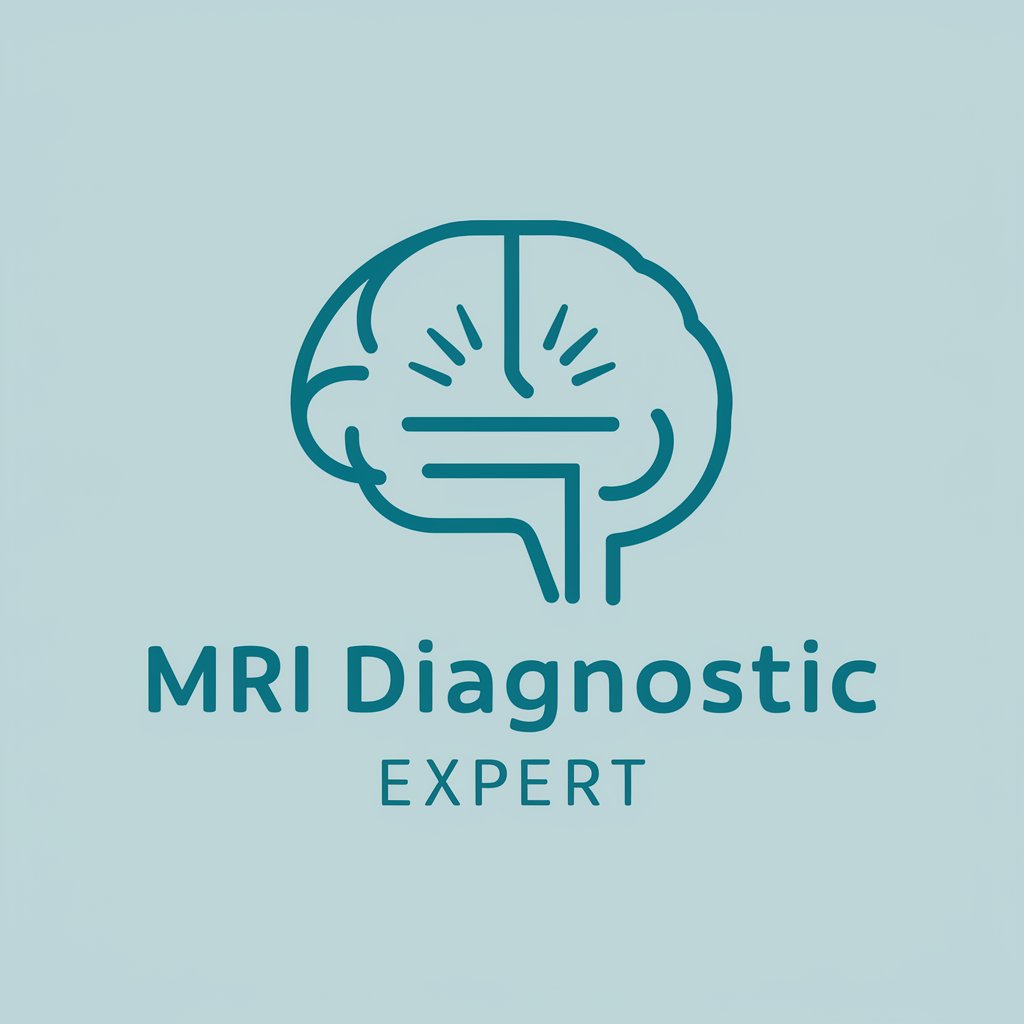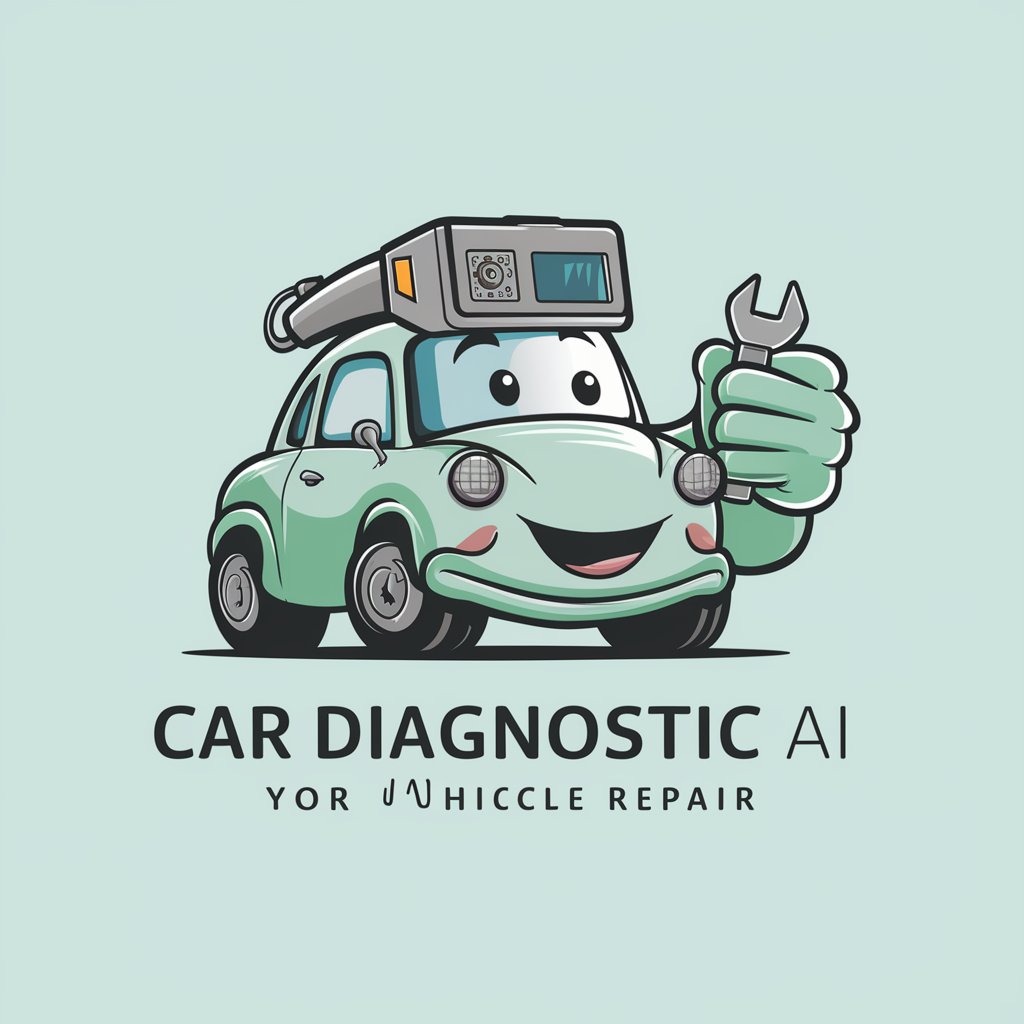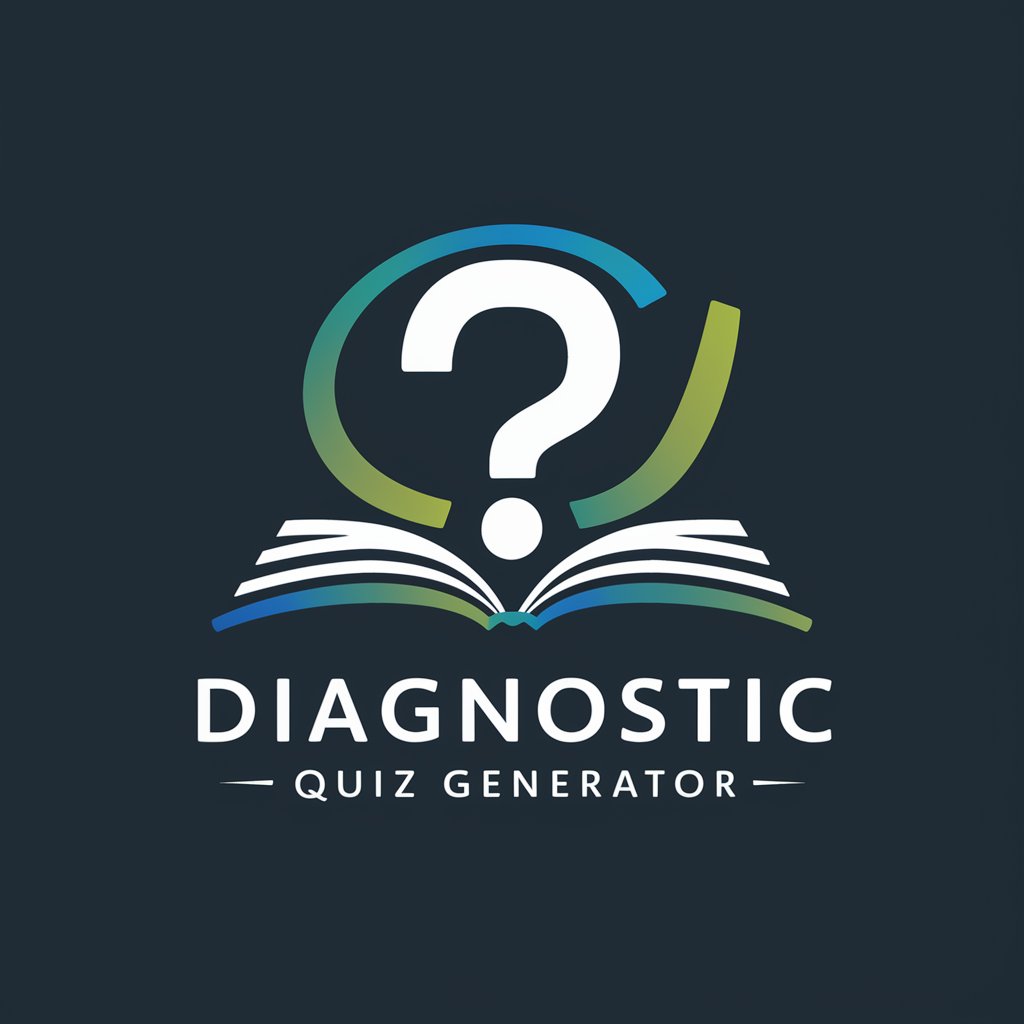XRay Diagnostic Assistant - X-ray analysis AI tool.

Welcome! Upload an X-ray image for a detailed diagnostic report.
AI-powered diagnostics for X-ray images.
analysis X-ray and give me a proper diagnostic
Provide an X-ray image of the chest
Show me an X-ray of the knee
Upload a dental X-ray for analysis
Get Embed Code
Overview of XRay Diagnostic Assistant
XRay Diagnostic Assistant is a specialized AI tool designed to assist healthcare professionals, particularly radiologists and doctors, in interpreting X-ray images for diagnostic purposes. Its primary function is to analyze X-ray imagery, detect abnormalities, and generate detailed diagnostic reports based on visual patterns. XRay Diagnostic Assistant aims to enhance diagnostic accuracy, expedite decision-making, and support clinical evaluations by providing precise, image-based insights. The design of this tool focuses on recognizing key markers of conditions such as bone fractures, lung infections, cardiovascular abnormalities, and other pathologies commonly identified through radiographic imaging. For instance, in a scenario where a doctor is reviewing a chest X-ray for signs of pneumonia, the XRay Diagnostic Assistant can quickly identify the presence of lung consolidation, pleural effusion, or abnormal air patterns, allowing the physician to focus on treatment planning. In another example, when a patient presents with trauma and an X-ray is taken to rule out fractures, the assistant can identify even hairline fractures or dislocations in bone structure, aiding in quicker diagnosis and treatment. Powered by ChatGPT-4o。

Key Functions of XRay Diagnostic Assistant
Fracture Detection
Example
Identifies fractures, including hairline cracks, displaced fractures, and complex bone injuries.
Scenario
In an emergency room setting, a patient presents after a fall. The assistant scans the X-ray image and detects a subtle hairline fracture in the wrist, which might have been missed during a manual examination.
Lung Pathology Identification
Example
Detects abnormalities such as pneumonia, pleural effusions, tuberculosis, and pneumothorax in chest X-rays.
Scenario
A patient with persistent cough undergoes a chest X-ray. The assistant highlights areas of consolidation and fluid buildup, suggesting pneumonia, allowing the doctor to prescribe antibiotics promptly.
Bone Density Analysis
Example
Assesses bone density and highlights areas at risk of osteoporosis.
Scenario
In a routine check-up for an elderly patient, the assistant detects early signs of decreased bone density in the lumbar spine, suggesting the need for a more detailed osteoporosis assessment.
Foreign Object Detection
Example
Identifies foreign objects in the body, such as surgical implants or ingested materials.
Scenario
A child who accidentally swallowed a small object is brought to the hospital. The assistant detects the object's exact location in the gastrointestinal tract from the X-ray image, guiding the doctors in planning the removal procedure.
Joint and Cartilage Evaluation
Example
Evaluates joint spaces and cartilage wear, helping diagnose arthritis or joint degeneration.
Scenario
A patient complains of chronic knee pain. The assistant identifies significant cartilage loss and joint space narrowing in the knee, indicating osteoarthritis, and the patient is referred for further orthopedic evaluation.
Target Users of XRay Diagnostic Assistant
Radiologists
Radiologists are the primary users, as XRay Diagnostic Assistant enhances their ability to identify subtle or complex findings in X-ray images. It helps by cross-checking diagnoses, increasing accuracy, and speeding up report generation, particularly in high-volume settings such as hospitals or radiology centers.
Emergency Room Doctors
ER doctors benefit from XRay Diagnostic Assistant by receiving rapid diagnostic support for trauma cases, such as fractures or internal injuries. Its ability to quickly flag critical conditions helps doctors make faster decisions in time-sensitive situations.
Orthopedic Specialists
Orthopedic specialists use the assistant to evaluate bone integrity, detect fractures, and assess conditions like arthritis. It aids them in monitoring bone healing progress and planning surgical interventions when necessary.
Pulmonologists
Pulmonologists leverage the assistant’s capacity to detect lung diseases like pneumonia, tuberculosis, and chronic obstructive pulmonary disease (COPD). Its detailed analysis helps in early detection and accurate diagnosis, improving patient outcomes.
Medical Students and Residents
Medical students and residents use the assistant as a learning tool. By comparing their own observations with the assistant’s analysis, they can improve their diagnostic skills and understanding of radiographic images, making it an invaluable educational resource.

How to Use XRay Diagnostic Assistant
1
Visit yeschat.ai for a free trial without login, no need for ChatGPT Plus.
2
Upload your X-ray image via the platform’s interface, ensuring the image is clear and in a standard medical format like DICOM, JPEG, or PNG.
3
Once uploaded, the system will analyze the image and generate a detailed diagnostic report, highlighting any abnormalities, fractures, or other visible conditions.
4
Review the generated diagnostic report, which will include medical terminology and descriptions for professional use. For unclear results, use zoom and brightness adjustments if the tool offers these.
5
Always verify results with a certified radiologist, as the tool provides informational analysis but is not a substitute for medical advice.
Try other advanced and practical GPTs
MRI Diagnostic Expert
Unlock insights from MRI scans with AI

AI Diagnostic Assistant
Empowering Diagnostics with AI

Car Diagnostic AI
Diagnose Vehicle Issues with AI

Diagnostic Quiz Generator (Educator)
Empower Learning with AI-Driven Quizzes

Innovative Diagnostic Tool
Transforming Data Into Insights

RV Comprehensive Diagnostic Expert
AI-powered RV diagnostics and buying guide

Legal Marketing Guru
Empowering legal professionals with AI-driven marketing solutions.

Japan Economie Expert
Explore Japan's economy with AI-powered insights

Kardashian Shopper Assistant GPT
AI-powered Kardashian style navigator.

founders
Empowering Startups with AI

Quantum Insights
Accelerate learning and project execution with AI.

Neocon Newsman
AI-powered Neoconservative Insights

FAQs About XRay Diagnostic Assistant
How does XRay Diagnostic Assistant analyze X-ray images?
It uses AI-based image recognition algorithms to examine uploaded X-ray images for abnormalities like fractures, lung conditions, or bone density issues. The system applies medical diagnostic rules to identify potential issues, providing a detailed analysis.
What types of X-ray images can the tool analyze?
XRay Diagnostic Assistant can analyze images in standard medical formats such as DICOM, JPEG, and PNG. It works with images of various body parts, including the chest, limbs, spine, and dental X-rays.
Can XRay Diagnostic Assistant replace a radiologist?
No, it is designed as an informational tool to assist radiologists or medical professionals by providing initial analysis. A certified radiologist should always review and confirm the diagnosis.
Is the tool suitable for non-medical professionals?
The tool is primarily designed for medical professionals, such as doctors and radiologists, but medical students and those in healthcare-related fields may also benefit from its insights.
Are the results from XRay Diagnostic Assistant always accurate?
While the assistant is highly advanced, results may vary depending on image quality and complexity of the condition. It should be used as a complementary diagnostic tool alongside professional interpretation.
